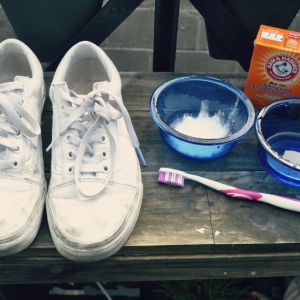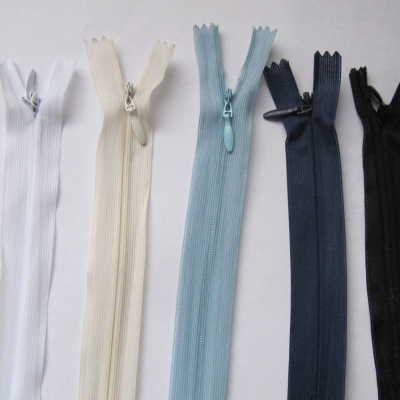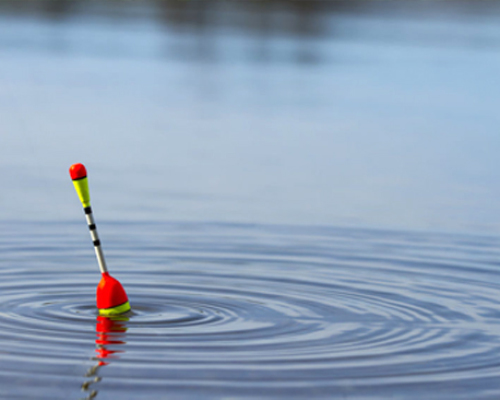The traditional Russian bathhouse is impossible to imagine without a lot of hot steam. And the material for its interior decoration should be chosen, which can withstand a significant air temperature and moisture drops. It is also desirable to think about the simplicity of surface care. An ideal in this regard is a ceramic tile, as it meets all these criteria.
Facing tile for a bath is resistant to moisture, not afraid of heat and does not highlight harmful impurities into the air. It is perfect and quickly clean. In addition, when laying ceramic tiles, it turns out to equip the floor of the required slope for the unimpeded drain of water to the plum. The tile is presented in the building materials market in a wide range, you can pick up any extravagant option - for example, the tile in oriental style for the cladding of the Turkish bath and to decorate the bath stove. However, not every ceramic tile is suitable for the bath, so special attention should be paid to the process:- Tile is enamelled and unaled. Since the material covered with enamel is burned twice, it is more durable and suitable for operation in "extreme" conditions. But the unaled tile is not focused on large temperature differences.
- For the inner cladding of the bath, only the tile with the lowest moisture absorption rate is suitable. After all, here the surface is constantly in contact with water.
- Be sure to choose the rough tile, especially when the floor is arranged. This is important to reduce the risk of slip, fall and injuries. In addition, such material and on the walls will have to be by the way, to leaning against the wall, the person did not slip down.
- The bath is designed tile, which has a smooth base. If it has no pore, then it will not absorb moisture. The fungus develops less on the non-bellaring tile, the mold does not multiply. In addition, it will take less time on cleaning - in particular on the drying room.
- As for the form, attention should be focused on traditional versions - a rectangular tile or square shape. But also produced models in the form of six and octagons.
- Remember that it is not recommended to purchase a finishing material "on the eye", measure the preview size and be sure to calculate. The result should add 10% about the reserve and in case of battle.
In addition, you need to purchase special crosses, water-repellent grouting for seams, sealant and high-quality glue. Do not take out to save, as the finish will not last long. When working, use only environmentally friendly, moisture and thermal-resistant glue, which is characterized by antiseptic properties, resistance to high temperatures. If it falls below zero, then it should also be frost-resistant. Such are two-component mixtures made on the basis of polyurethane, or epoxy compositions. When laying a porcelain stoneware, buy glue, which is characterized by high adhesion - at least 28 kilograms per centimeter square. If you equip the warm floor in the bath, then the composition should be special, it is for a warm floor.

Grout must be compatible in its composition with glue, which will increase the service life of the finish. This substance must meet the requirements similar to the glue. But there is another criterion that should be considered when buying a grout - the allowable width of the seams. As a rule, this indicator manufacturers indicate packaging. It is usually 2-4 mm, but sometimes it reaches a maximum - 20 mm. As for the color, I would like to note the following: the grout should be darker tiles, as the substance can be brightened with time due to the fact that the pigment is fading and washed away, it remains an unnoticable yellowish-muddy flare in the bath.
Consider in detail the process of laying ceramic tiles. At the preparatory stage it is necessary to clean the surface of the walls (floor) from dust. If there are roughness and potholes, align the surface with the solution. Wooden walls in front of the facing, cover the tone, also can also be used runner, and then start the metal grid. The layer must reach 1.5 cm. If you plan to use adhesive mastic, fumble of ideal wall alignment. If you glue the tile on an unprepared base, the flow will increase, and some difficulties will increase when it is laying - it will be "sailing."
At the next stage, you need to deal with the breakdown area. To do this, tighten the solck all over the perimeter. It is through it that you will control the correctness of the laying of the tile. Further set cross, given the desired pattern.
After you need to pay attention to the preparation of ceramic tiles to laying in the bath. Free it from packaging. Before installation, it is mandatory to wet the material by placing in a container with water, and keep it there until all air bubbles come out of it. It is enough to wait 3-5 minutes. This will prevent the absorption of moisture from the glue in the process of laying. When laying the tile on the floor it is not necessary to wet.
Tile is fixed in accordance with such instructions:
- Make a plinning row using a plinth tile. Having done a vertical markup on the walls, put two tiles in the corners, which will serve as lighthouses, top and bottom of the facing.
- In the room, which has the right form, begin to lay the tile from the angle, which is the most overwhelmed. If its form is incorrect, and the walls are not parallel, work should be done from the middle of the room.
- Before laying outdoor tiles in a steam room and washing, pre-bias the surface that goes towards the drain gutter. For this use guide rails. The tile is attached from the drain.
- In the case of installation of tiles on the wooden floor, it is necessary to first be able to single on the base of the waterproofing material, for example, only or runner, withstanding the nest of 10-15 cm, grind the joints. Then there is a reinforcing mesh and layer of plaster, and only then you can fix the tile.
- Coat the surface of the adhesive with a notched trowel, apply tile to the back of it. In order to precipitate its edges using a rubber mallet, so you will ensure a better fit tiles.
- The adhesive should come a little at the top and on the sides, remove it immediately with a cloth while it is still fresh.

An important stage of laying tile in the bath is grouting. Getting Started 3 days after having been laid tile. First you need to make sure that the surface does not remain traces of dried glue. Fill tile seams fugue, thin layer, without gaps, using a rubber or metal spatula. After setting grout surface should be cleaned and rub with a dry cloth, removing stains.

Now everything is ready! With a little patience, you will be able to achieve a spectacular finish ceramic tile baths.





































